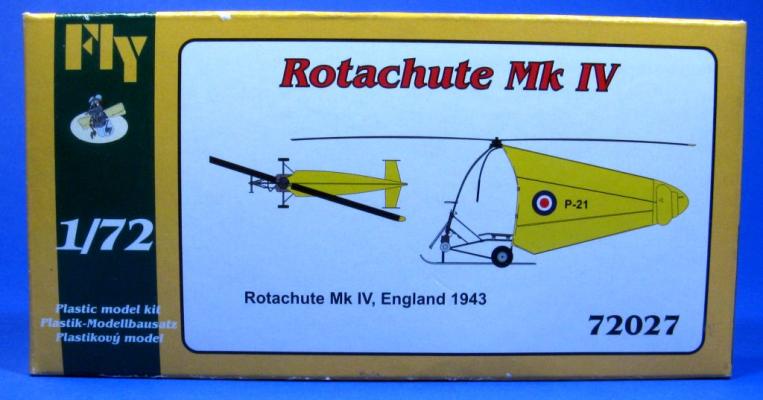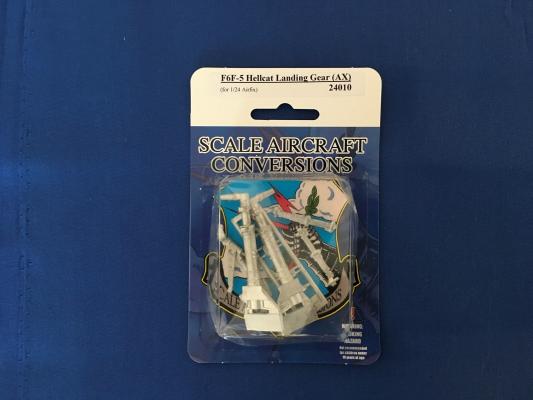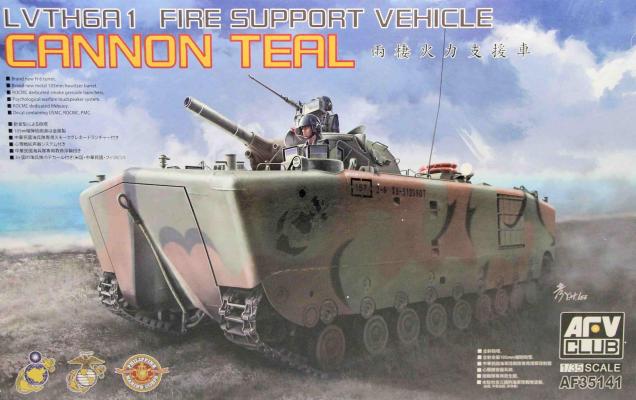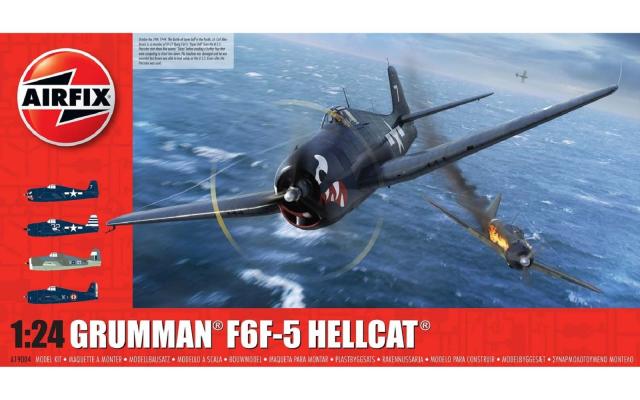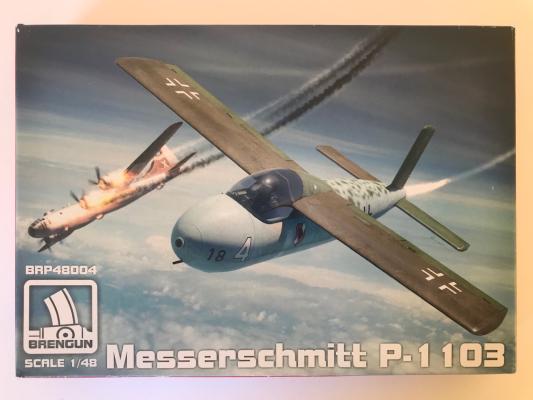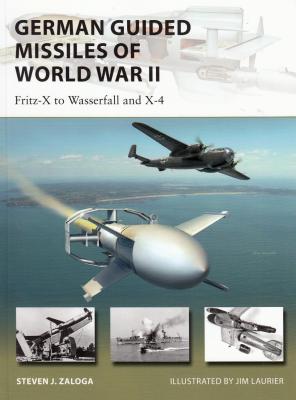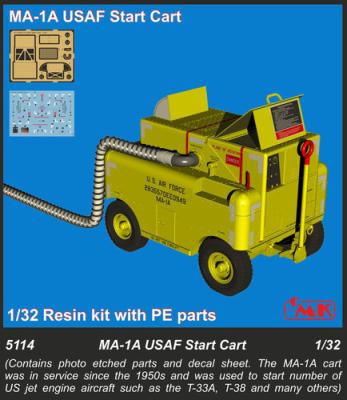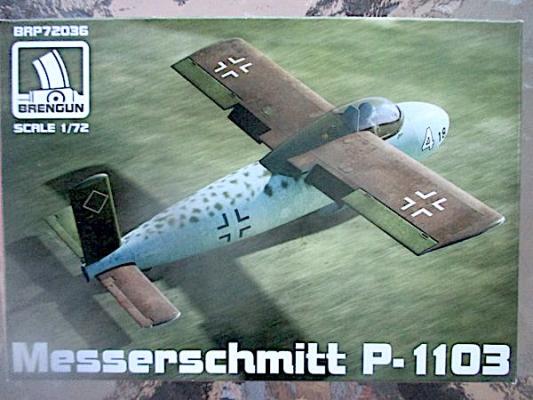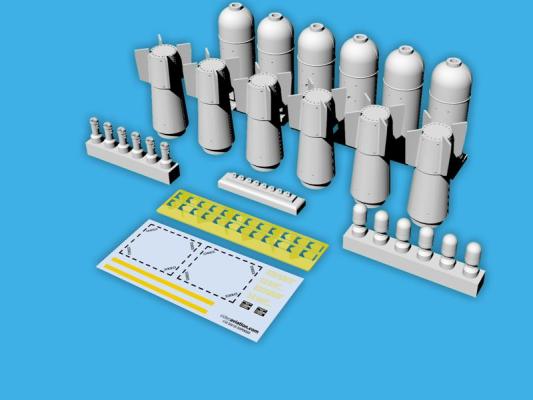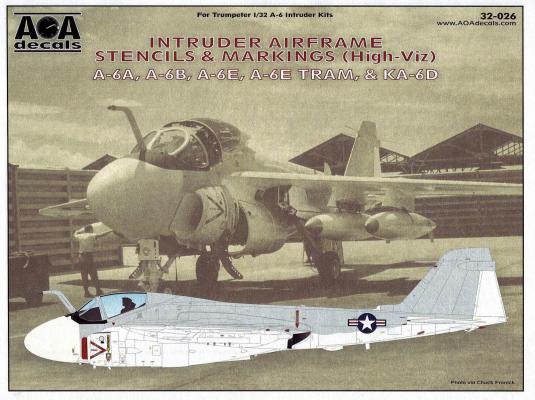Fly Models has released a multimedia kit of a very obscure subject: The “Rotachute”.
This aircraft was a combination of an autogiro and a parachute, intended to deliver airborne soldiers to the battlefield in an alternative way to the parachute. From what I read online, the main reason behind this aircraft was due to a shortage of silk during the war. You can find some other interesting stories about this contraption online, including pictures of the prototypes being towed by different trucks (diorama anyone?).
In a diminutive open-side box you get 14 injected plastic parts and 9 photoetch ones. There are no clear parts as the original aircraft had none. The decal sheet is miniscule. While the box calls this model “Rotachute Mk.IV”, it might be possible to build the Marks III and V from this box.

